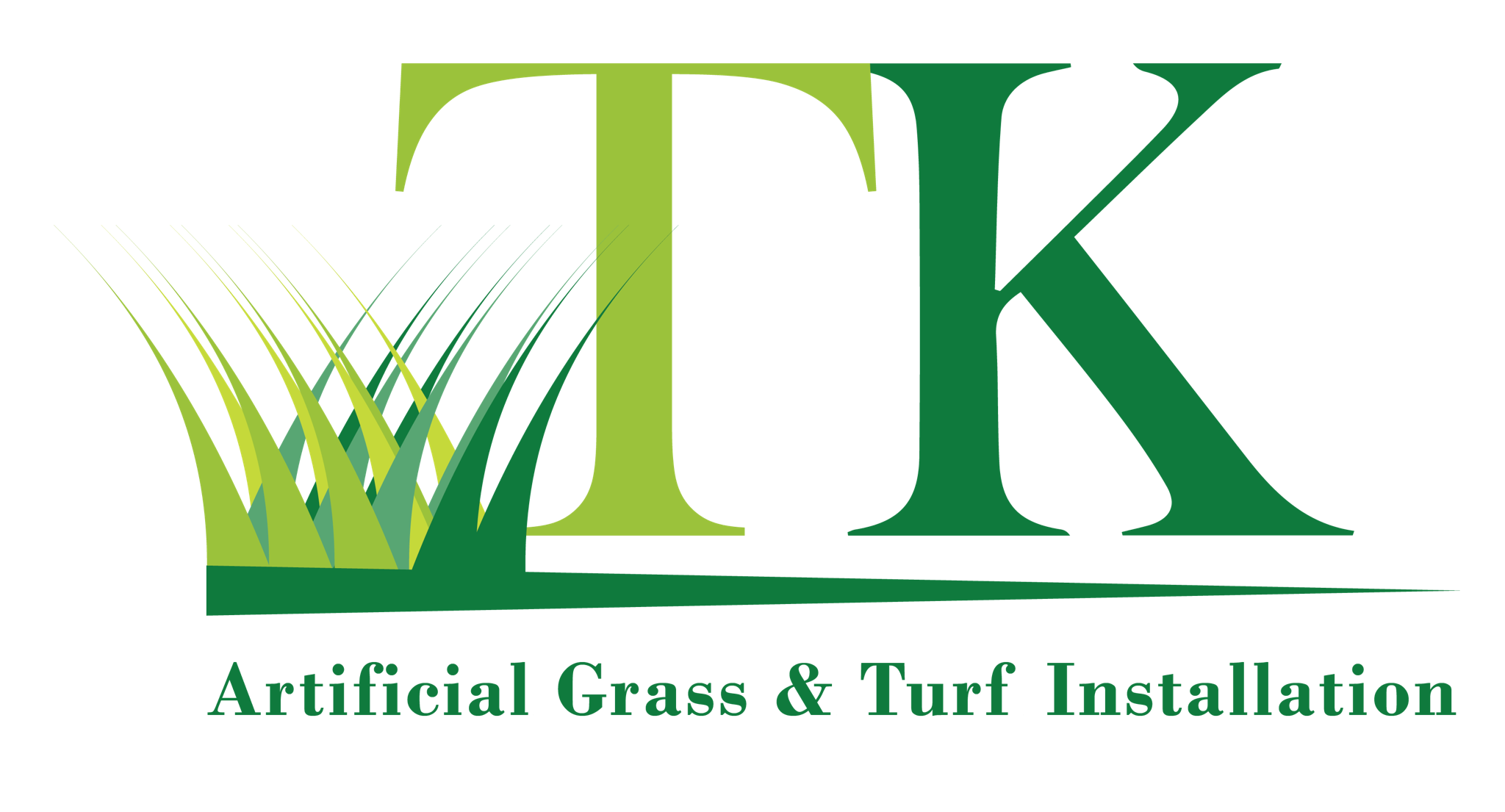The first and most important step when it comes to Artificial Turf Installations is to prepare your
property for the installation. This may include cutting down the grass to a desired height, clearing
away any rocks and soil, and making sure there are no underground tanks, pipes, or drainage
systems that could pose a problem as the turf dries out. If you have any underground utilities such
as cabling, then it’s best to hire a professional to handle this, because if it goes bad while the turf is
in use, you will be paying for it on top of the initial installation cost. Doing it yourself may result in
damage to the utilities and may void any warranty protection.
Once the property has been prepared, the next step in Artificial Turf Installation is to prepare the turf
for installation. There are several ways that artificial grass in Miami can be installed, but the most common method involves laying down a light layer of grass on top of a base of crushed rock. This is then
topped with a second layer of synthetic turf and finally, the top layer is covered with PVC drains. The
first layer alone provides the basis for all of the layers that will follow.
Artificial Turf Installation can either be done with natural grass or with synthetic grass. It is generally
recommended that artificial turf ins easier to maintain than the other types of grass available.
Synthetic grass is available installation is done with natural grass because it produces a better
looking final product and it is much several different colors and materials and is much more expensive
than natural grass, but in the end, the price of installation will more than pay for itself. Once the turf
has been installed, it is important to make sure that it is properly watered. When it comes to watering
a lawn with a garden hose, there are a few key guidelines that should be followed.
First, it is important to remember that while rain is fine, it is not a good idea to let it sit on the grass
after it rains. Rain water, even when it is treated, will eventually seep into the soil and cause damage
to the roots of the plants. If the Artificial Turf Installation process is being done indoors, the use of a
garden hose is not always advised. Installing synthetic grass indoors requires a certain level of
precision and can be severely impeded if not done properly.
The second rule that should be followed during artificial turf installation is to leave enough head
room for the installation of any pipes or tubing that may be needed during the installation process.
This is especially true when installing underground pipes that are located underground. All
installation should be done on a flat surface and all seams should be visible. Any pipes that have
seams that are visible, or that are not being installed properly, should be removed and replaced with
new ones.
The third and final step in an artificial grass installation in Miami is to make sure that all of the components that will be installed are ready before beginning the job. This includes putting down the tarp that will protect the
ground from moisture. It also includes putting down the sod cutter and any other tools that are
necessary for the installation process. After these three components have been installed, the entire
Artificial Turf Installation should be covered with a tarp. This should ensure that water does not leak
onto the lawn and it also protects the newly installed grass from getting damaged by rain or snow.
Look into more blogs to find out more!

Recent Comments